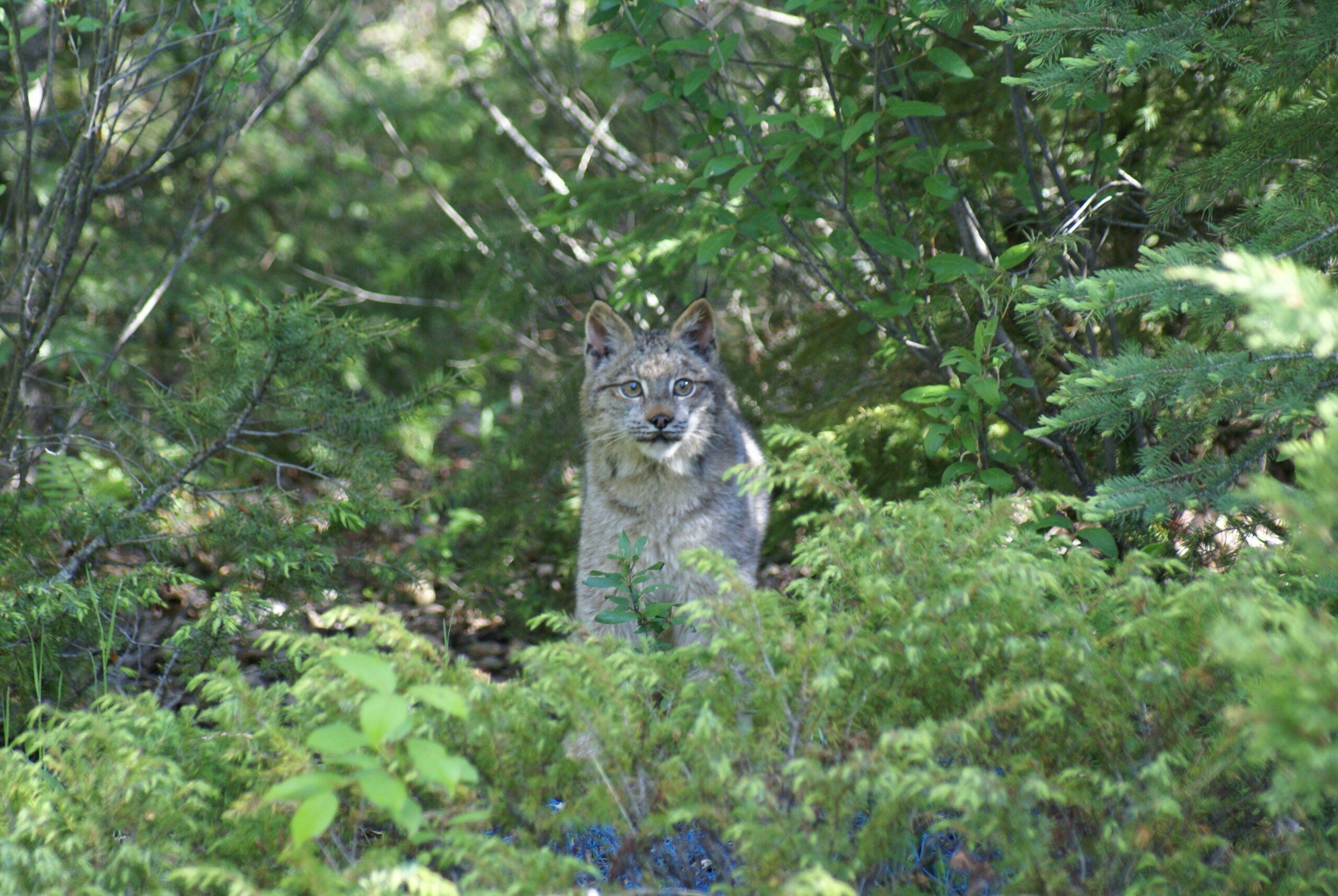World Falls For Unchallenged Authority of Unpublished Extinction Report
By Cat Urbigkit, Range Writing columnist for Cowboy State Daily
The global extinction crisis made headlines and became worldwide front-page news last week with the claim that one million species are at risk of extinction. That is one of the many claims of a yet-unread report produced by a United Nations-affiliated organization. The report is unread because it is expected to be published sometime later this year. Instead, the group issued a press release and a 39-page “Summary for policymakers of the global assessment report on biodiversity and ecosystem services of the Intergovernmental Science-Policy Platform on Biodiversity and Ecosystem Services” – otherwise known as the IPBES report.
The summary does not include any scientific citations or descriptions of scientific methodology, but the public should rest assured that what is claimed must be true, since “145 expert authors” relied on “15,000 scientific and government sources.”
The purpose of the global biodiversity assessment is to measure progress toward commitments under the Strategic Plan for Biodiversity of the United Nation’s Convention on Biological Diversity and the UN’s 17 Sustainable Development Goals, agreed to by 193 UN members nations in September 2015.
The United States has Sarah Weiskopf listed as our national lead on the IPBES group. Weiskopf is a biologist with the National Climate Adaption Science Center for the US Geological Services in Virginia. She achieved her bachelor’s degrees in 2014, and her master’s degree in 2016 – the same year she came on board with USGS and the IPBES began its global biodiversity assessment, for which she now serves as our U.S. delegate.
IPBES was created in 2012, and has been subject to numerous criticisms including infighting, lack of diversity, and exclusionary and overly political tendencies – so much that its critics have taken to the pages of academic journals. As the journal Nature reported last August, “its critics argue that IPBES has become a vehicle for what its member researchers want, rather than offering up practical science that can spur and inform upcoming decisions….”
Ironically, IPBES will undergo an external assessment later this year, after its biodiversity report is finally released. The credibility of the group remains in question as we await that review and the release of the biodiversity report that is making headlines.
The IPBES claims that there are 8 million plant and animal species on Earth, including 5.5 million insects, and “one million species already face extinction, many within decades, unless action is taken to reduce the intensity of drivers of biodiversity loss.”
But the International Union for Conservation of Nature’s Red List – the world’s most comprehensive information source on the global conservation status of animal, fungi and plant species – includes an assessment of 98,500 species of the world’s 1.5 million identified species, with 27,000 classified as threatened with extinction.
The number of species in existence was long estimated to be between 3 million and 100 million, but in 2011, it was announced that the new number was calculated at 8.7 million. That meant that 86 percent of all species on land, and 91 percent of those in the seas, had yet to be discovered, described, and catalogued. IBPES’s extinction estimate includes these yet undetected species, and even claims that the global rate of extinction “is already at least tens to hundreds of times higher than the average rate over the past 10 million years and is accelerating.”
But as Stewart Brand writes on Aeon, “the fossil record shows that biodiversity in the world has increased dramatically for 200 million years, and is likely to continue.”
A 2013 paper in the journal Science, Can We Name Earth’s Species Before They Go Extinct? noted: “Some people despair that most species will go extinct before they are discovered. However, such worries result from overestimates of how many species may exist, beliefs that the expertise to describe species is decreasing, and alarmist estimates of extinction rates.” The authors argued that the number of species on Earth today is 5 million, of which 1.5 million are named, and extinction rates are poorly quantified, ranging from 0.01 to 1% (at most 5%) per decade. The authors noted: “Overestimates of how many species may exist on Earth and the rates of extinction are self-defeating because they can make attempts to discover and conserve biodiversity appear hopeless. As we show here, they are also inaccurate …”.
The IBPES claims can’t be fully assessed until the complete report is released, but we have ample reason to view its findings as exaggerated. That’s unfortunate, since maintaining biological diversity is a worthy global goal. I predict that when scientists are granted access to the full report later this year, they will find numerous flaws in its methodology and findings – but those faults won’t make international news.
Cat Urbigkit is an author and rancher who lives on the range in Sublette County, Wyoming. Her column, Range Writing, appears weekly in Cowboy State Daily.





